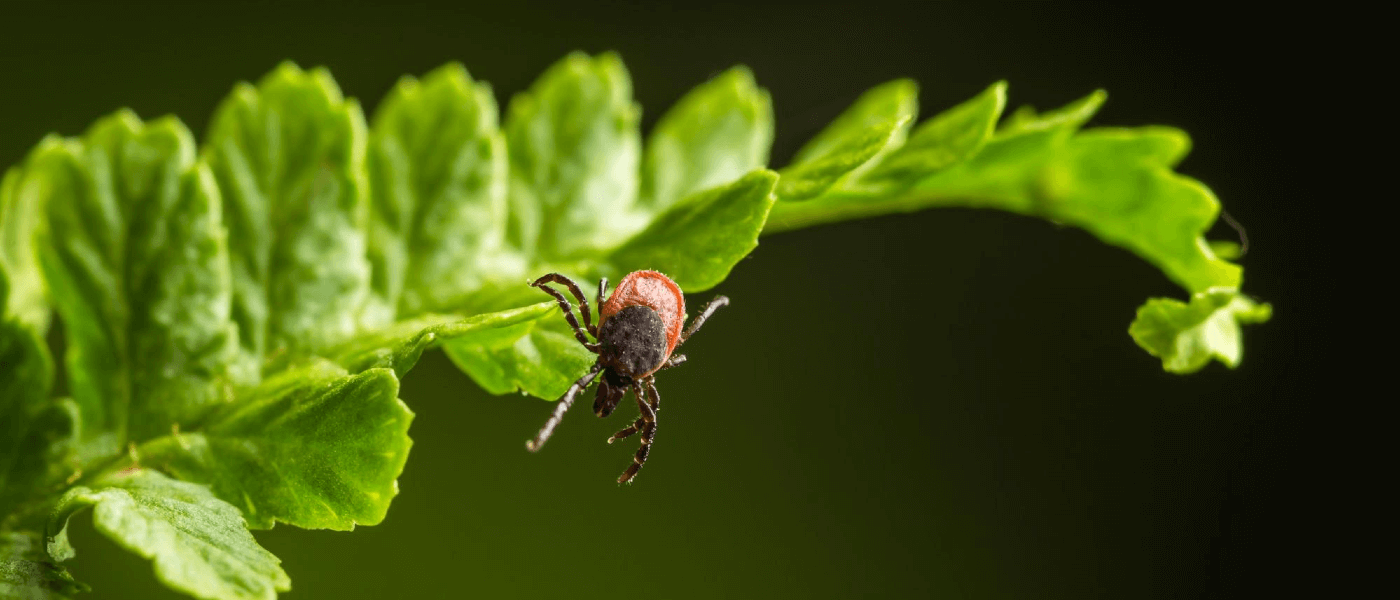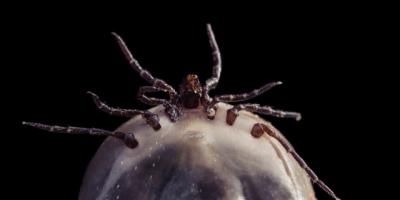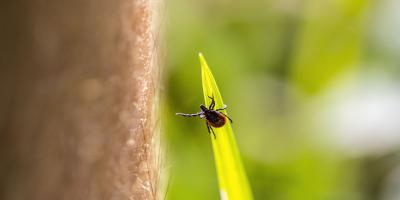The Best Way to Naturally Reduce the Tick Population in Your Yard

Disease-carrying tick populations have skyrocketed over the last 15 years, infesting all 50 states and causing the reported number of tick-borne illness cases to more than double since 2005. Not only have cases of Lyme disease and Rocky Mountain spotted fever continued to climb year after year, the U.S. Centers for Disease Control and Prevention (CDC) have identified seven entirely new disease-causing germs in just the last 20 years.
There are many effective ways to combat a burgeoning tick problem, including maintaining a tidy yard, creating gravel or wood chip barriers to help keep ticks at the perimeter and, of course, professional assistance to help reduce the tick population on your property. But scientists have also found an outside-the-box approach that looks not to ticks, but to their sidekicks, to help bring down the tick population.
A Root Source of Tick Populations
Rodentologists have discovered a somewhat surprising piece of the tick population puzzle, especially as it pertains to the transmission of deadly diseases, which can be attributed to small rodents.
Rodents in general, and mice in particular, are a considerable driving force behind the spread of tick-borne illnesses like Lyme disease and Rocky Mountain spotted fever. One way to slow down the spread of these diseases is to cut down on the number of critters that spread them.
Despite being the focus of so much ire, the truth is that neither ticks nor rodents are exactly responsible for Lyme and other diseases. They didn’t cause or create the diseases – most of them weren’t born with the illnesses -- they’re just particularly well suited to carrying the pathogens that cause such deadly diseases.
The Feeding Habits of Ticks
Ticks go through four distinct stages during their life cycle, and they are more likely to obtain blood meals from different hosts at each stage. For example, once eggs hatch into larvae, ticks aren’t typically able to latch on to humans for their first couple of feedings, due to the fact that they’d dry out if they left the shelter of their debris piles in search of the larger host. Rather, they stay low and find a meal on smaller animals… namely rodents.
Another factor that exacerbates the problem is simply how long ticks can live. While some insects, like mayflies, live but a scant 24 hours, ticks can hang around for up to three whole years.
Unlike some other parasites that choose a host and cling to it for life, ticks only attach long enough to feed. It’s this propensity for host-hopping that makes them such virulent vectors of disease. So, when ticks enter the nymph or adult stages and are finally able to grab a human blood meal, they’ve often already acquired pathogens like Borrelia burgdorferi (Lyme disease) from other animals, most likely a rodent.
Restrict Rodents, Control Ticks
That’s why rodent control is just as important as direct tick control when it comes to reducing both the tick population in your yard and the likelihood that you or someone in your family contracts Lyme disease. Controlling mouse and rat populations both directly cuts down on the total number of ticks, as well as reduces the overall number of disease-carrying animals in the area.
This year, defend your yard from both threats by targeting tick and rodent populations. Get a free quote on our Home Protection Plan to keep your yard free of pests, year-round.



